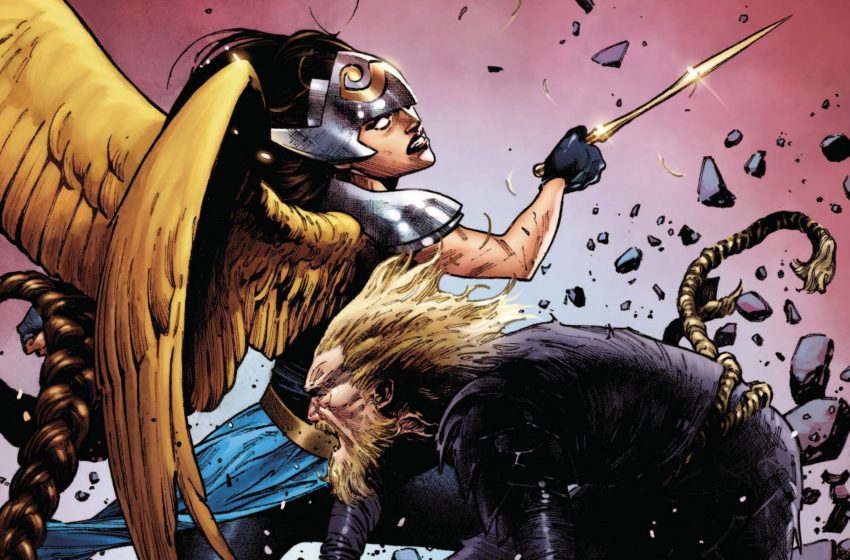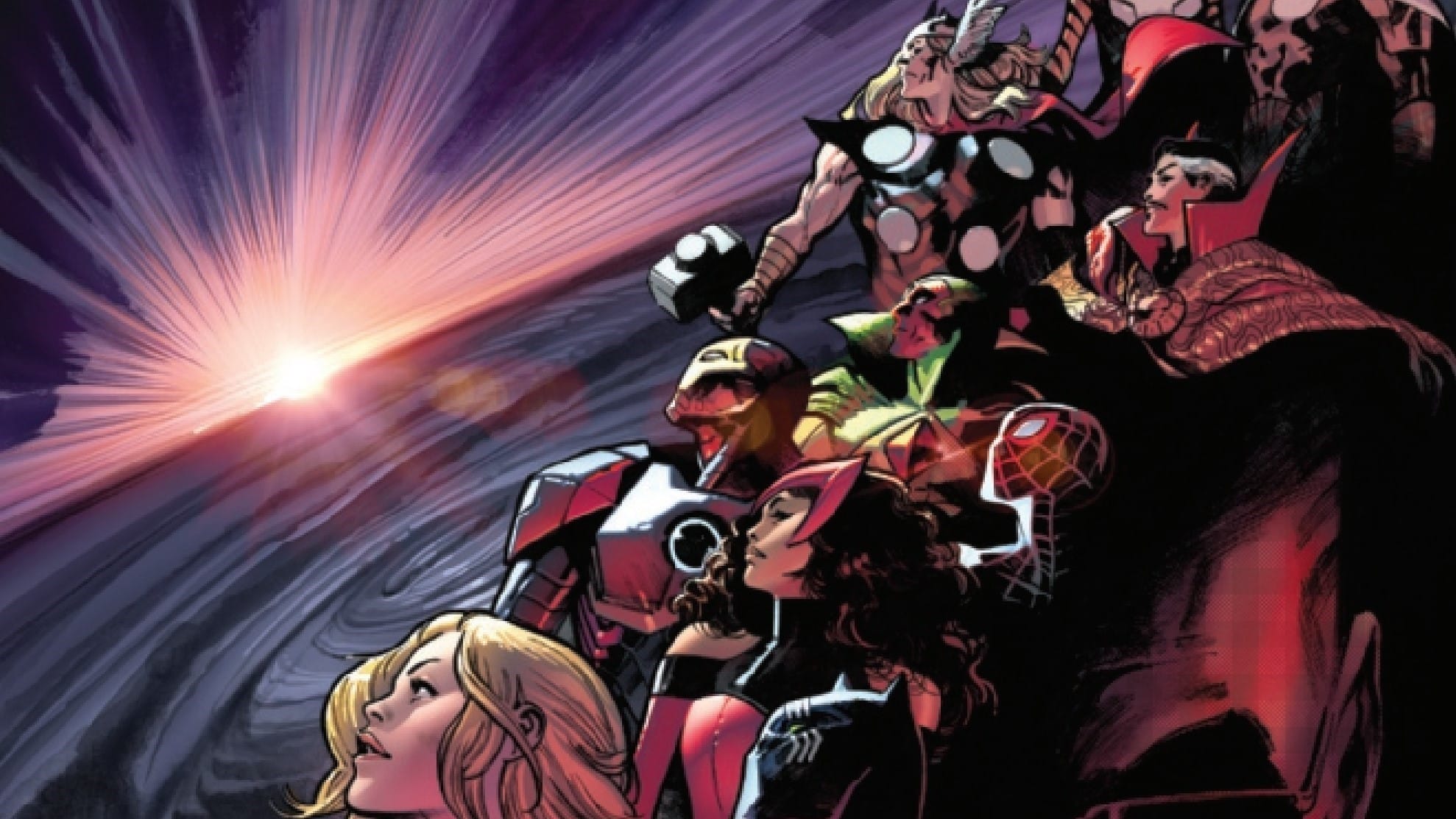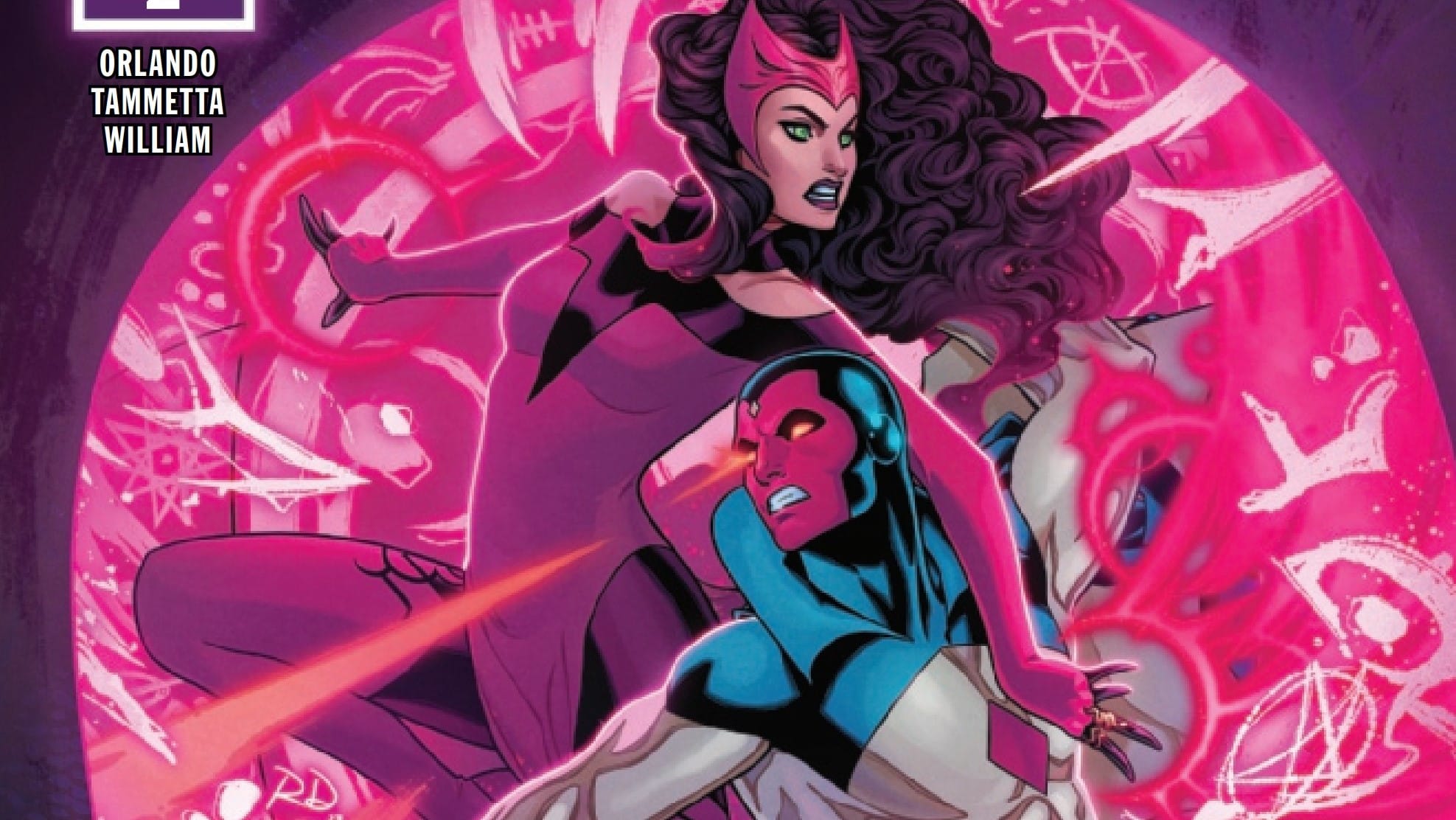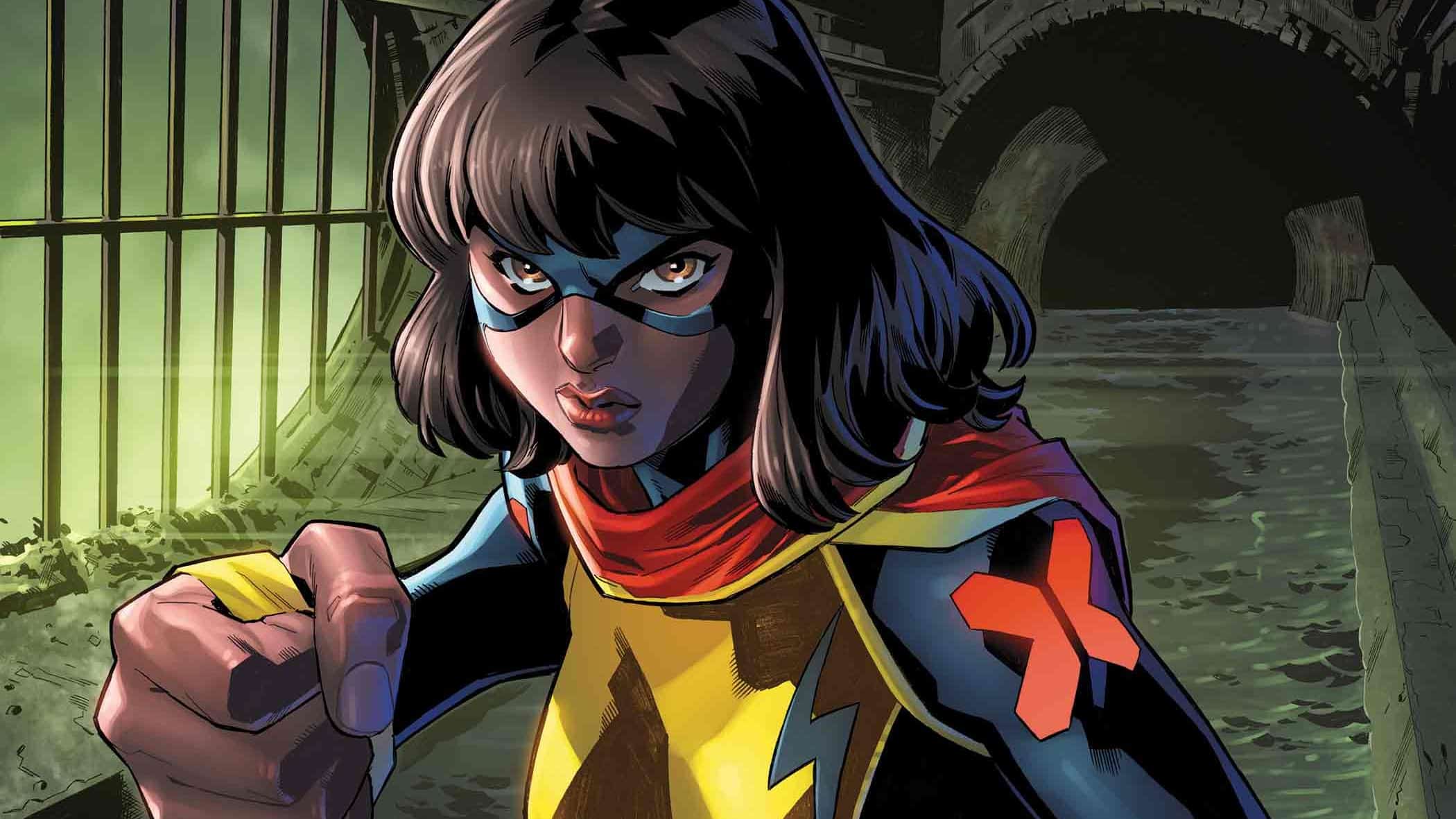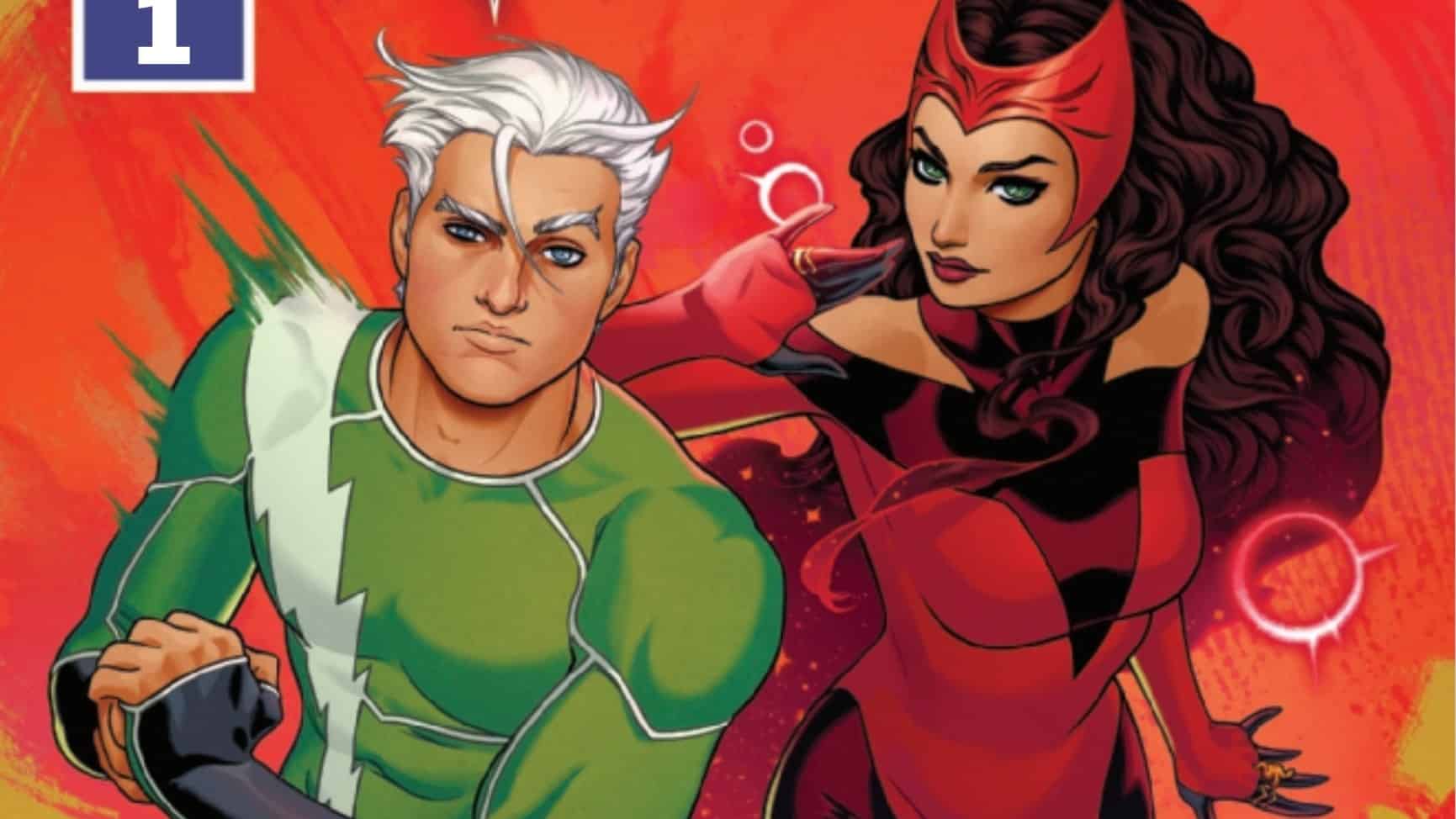Jane Foster searches the ends of the universe while Throg: Frog of Thunder tries not to croak in in Thor #12 written by Donny Cates, art by Nic Klein, colored by Matt Wilson, and lettered by Joe Sabino.
There’s a Jekyll and Hyde aspect to the work of Donny Cates. On the one hand, his work is concerned above all with achieving a desired level of awesome, as measured by its ability to one-up every previous author of a Marvel character by at least one degree. Consequently, summaries of his various runs tend to read like ill-starred games of Marvel Mad-Libs: [LOKI] become the new [SORCERER SUPREME] but it’s all a distraction from a plot by [MEPHISTO] to take over [LAS VEGAS]. [THOR] fist-fights [GALACTUS] and now [THANOS] has an [INFINITY GAUNTLET MADE OF SYMBIOTES]. To be sure, it’s engaging in the way of an action figure commercial on Saturday morning TV, but as comics go, it’s not much of a gig. If the Marvel Bullpen were Spinal Tap, Donny Cates would be Nigel Tufnell. If he were a guitar, he’d be a Flying V.
At the same time, it must be conceded that his work is, for better or worse, sui generis. Whether or not the half-decade saga of Knull, God of the Void (which has, to date, absorbed the entire Marvel line in two different universe-wide crossovers) has been worth the trouble to get here is up for debate, but it can hardly be argued that it looks like any run of Venom that’s come before. Cates’ muse might be singing a ridiculous song, but it’s very much a rhythm of his own.
All of which helps to explain why Thor #12 is, almost despite its own fervent efforts, really not bad at all. After a very Cates-ian first arc, in which a Thor/Galactus plot plodded inexorably toward its weary sturm und drang finale, the book has settled into something lighter, goofier, and winkingly aware of its own absurdity. Where Cates’ previous runs have been almost willfully uninterested in past writers and plot threads, there’s an affection for previous Thor creators here (especially the sainted Walt Simonson) that comes through audibly, and allows for dramatic-comic payoffs like the reveal of Simonson’s Frog of Thunder, who carries the most engaging portions of this issue, or Jane Foster’s doomed search for Red Norvell (a vintage character who dates back to Roy Thomas’s late-‘70’s issues).
More importantly, that genuine engagement with the past allows Cates to bring out plot beats summoned not from a compulsive need for bombast, but from the emotional connections between his characters – something that serves him especially well in his surprisingly effective use of Jane Foster, portrayed as a combination of hard-bitten toughness and compassionate dedication to those she loves. And there’s a pleasingly dark sense of humor throughout this issue that we haven’t seen from Cates’ comics since his breakthrough stint on Dr. Strange, ably abetted by the artwork of Nic Klein, whose kinetic battle sequences too often overshadow his secret skill at emotive facial expressions.
All told, it’s a successful package for what it aims to be. This isn’t a comic that aims, like a Hickman or a Ewing, to find innovative and unexplored story directions from the roots of the past. It isn’t an ambitious comic, let alone a great one. But for the first time in a long while it’s clear that Donny Cates is having fun, and who am I to refuse to join in?
Zach Rabiroff edits articles at Comicsxf.com.

